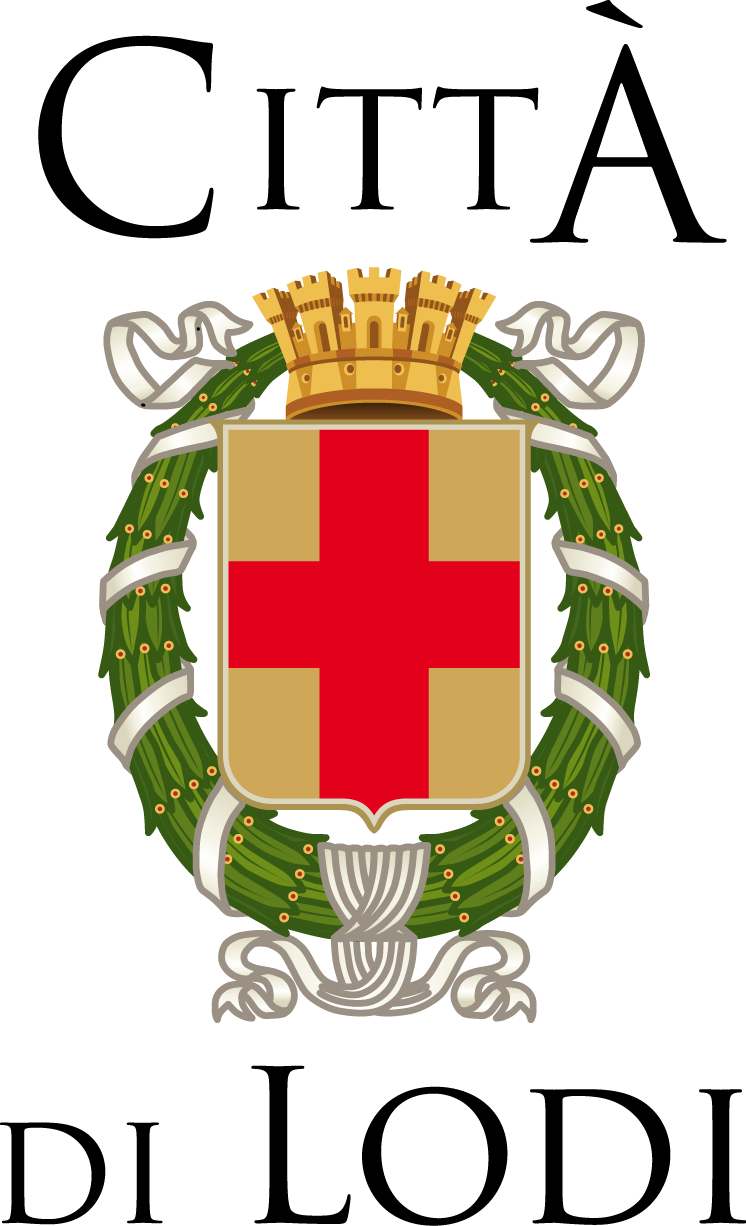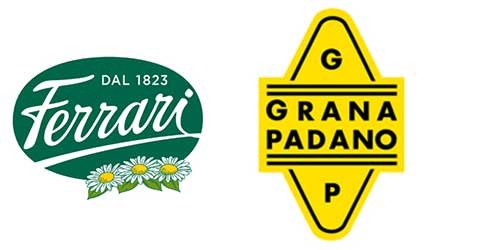STUPOR
Behind the Platea showcase, a machine has been installed by the artist, Marco Sgarbossa, precisely aligned with the viewer's visual horizon. The machine, entirely created by the artist through 3D printing and programmed with a numerical sequence, performs a gesture that takes us back to childhood memories: blowing one after another, soap bubbles shatter against the Platea glass. As Sgarbossa reminds us, in the collective imagination, bubbles evoke memories of a smile, immediately transporting the viewer to an atmosphere of carefreeness. In the history of art, however, soap bubbles have fascinated artists and patrons for centuries as a symbol of the precariousness and transience of human experience. It is not uncommon to find images of children blowing bubbles from a wooden straw and watching them evolve with fascination among the iconographies of memento mori in the European seventeenth and eighteenth centuries, an era marked by particular socio-political upheavals.
Sgarbossa's soap bubble machine, therefore, situates itself immediately in an ambiguous territory between euphoria, given by the fascination generally felt for the changing shapes and hues of soap bubbles, and the melancholy when one first becomes aware of a series of existential truths. The machine now spits onto the glass, now creates a tearful opening through the window, now caresses it with its bubbles. Sgarbossa's gesture is an act of extreme playful care towards the viewer. It exposes them to a knowledge of life and its unforeseen events that do not require an "instruction manual" to be deciphered, while simultaneously protecting them from the knowledge of a part of reality itself. It is necessary, in fact, to read the list of materials in the work's description to discover that Sgarbossa has diluted antidepressant in the water of the soap bubbles.
In previous works, the artist has operated with this modality, which he defines through the metaphor of the punchline. Referring to the tripartite structure of a punchline in a joke, the punchline is the third component that contradicts what was previously said, generating a sense of disorientation and amazement in those who listen. In his practice, Sgarbossa often acts by juxtaposing familiar images with hidden elements, whose revelation reevaluates the initial understanding of the work itself.
Consistent with the logic governing his described practice, Sgarbossa decided to title his first solo exhibition Platea Stupor. This Latin term does not indicate a general sense of wonder, as depicted, for example, in the seventeenth-century memento mori children blowing and admiring their soap bubbles. Instead, Stupor is a term used in medicine to designate a state of disorientation and lethargy caused by intoxication from psychotropic drugs, substances, or brain trauma.
Moving adeptly between the dimensions of appearance and what reality truly is, between phenomenon and noumenon to put it in Kantian terms, Sgarbossa investigates the terms through which we learn about reality. His research indirectly engages with some of the issues that have plagued the human soul since ancient times, reintegrating them into a thoroughly contemporary and everyday sensibility. How to navigate a reality that seems to be dominated by the laws of the unexpected, where what initially manifests is destined to reveal itself as something different shortly thereafter? These are philosophical themes as much as they belong to everyday experience, which, in various ways and disciplines, have accompanied us since the time of Plato's allegory of the cave. By clouding the view of the showcase with soap bubbles, Sgarbossa seems to leave us at the mercy of an unanswered question posed by the work itself. Perhaps, I suggest, it is precisely in finding ourselves fragile in this situation together and understanding the vulnerability that unites us that we can finally find the sense of the future that awaits us.
Text by Giulia Menegale
BIO
Marco Sgarbossa Marco Sgarbossa lives and works between Venice and Turin. He holds a degree in Visual Arts from the IUAV University of Venice. He has exhibited his work in solo and group shows in institutions and galleries, including: Osservatorio Futura, Turin (IT); Francesco Fabbri Foundation Prize, Pieve di Soligo (IT); Combat Prize, Livorno (IT); Spazio Punch, Venice (IT); Double Room Gallery, Trieste (IT); TBC Organization, Los Angeles (US); Exact Science Gallery, Los Angeles (US).
His research primarily moves between installation, sculpture, and drawing. In his work, he employs materials that are sometimes not immediately perceptible to the eyes or that have undergone processes of alteration and transformation before reaching the moment of exhibition. The dimension that Sgarbossa is interested in investigating corresponds to a complex reality that includes misunderstandings and misinterpretations. It is full of unexpected turning points that interrupt and dramatically reverse the sense of an ideal, linear, and shared narrative.
CURATOR
Giulia Menegale is an independent curator and researcher. She completed a master's degree in Contemporary Art Theory at Goldsmiths, University of London, in 2020, and a bachelor's degree in Multimedia Arts at IUAV (University of Architecture of Venice) in 2018. She has collaborated as a curatorial, editorial assistant, and researcher with Looking Forward C.I.C. (London, UK), Castello di Rivoli – Museum of Contemporary Arts (Turin, IT), Island gallery (Brussels, BE), and Taryn Simon Projects (New York, US). Her articles have been published by WCS/CD (Belgrade, RB), Subbcultcha (Amsterdam, NL), Artillery Mag (L.A., US), and other academic journals. She has participated in the following residencies and curatorial courses: Bagni d'Aria (Turin, IT), Salzburg Summer Academy (Salzburg, AU), IMMA- Art and Politics Summer School (Dublin, IR), Unidee, Fondazione Pistoletto (Biella, IT), and Ramdom (Lecce, IT). In 2020, she co-founded a transnational collective, c-c-q (Collective for Constant Questioning), and an online platform (www.c-c-q.com) that investigates curatorial practice through a series of interviews with internationally renowned curators.
Using an intersectional perspective and developing an analysis of reality through affect theory and institutional analysis, Menegale's research focuses on the epistemological value of negative emotions and their potential role in subject formation processes, beyond prevailing social paradigms internalized by individuals.


| Cookie | Duration | Description |
|---|---|---|
| cookielawinfo-checkbox-analytics | 11 months | This cookie is set by GDPR Cookie Consent plugin. The cookie is used to store the user consent for the cookies in the category "Analytics". |
| cookielawinfo-checkbox-functional | 11 months | The cookie is set by GDPR cookie consent to record the user consent for the cookies in the category "Functional". |
| cookielawinfo-checkbox-necessary | 11 months | This cookie is set by GDPR Cookie Consent plugin. The cookies is used to store the user consent for the cookies in the category "Necessary". |
| cookielawinfo-checkbox-others | 11 months | This cookie is set by GDPR Cookie Consent plugin. The cookie is used to store the user consent for the cookies in the category "Other. |
| cookielawinfo-checkbox-performance | 11 months | This cookie is set by GDPR Cookie Consent plugin. The cookie is used to store the user consent for the cookies in the category "Performance". |
| viewed_cookie_policy | 11 months | The cookie is set by the GDPR Cookie Consent plugin and is used to store whether or not user has consented to the use of cookies. It does not store any personal data. |
Platea Palazzo Galeano:
Corso Umberto 46, Lodi, 26900
email: info@platea.gallery
whatsapp: +39 351 149 8258